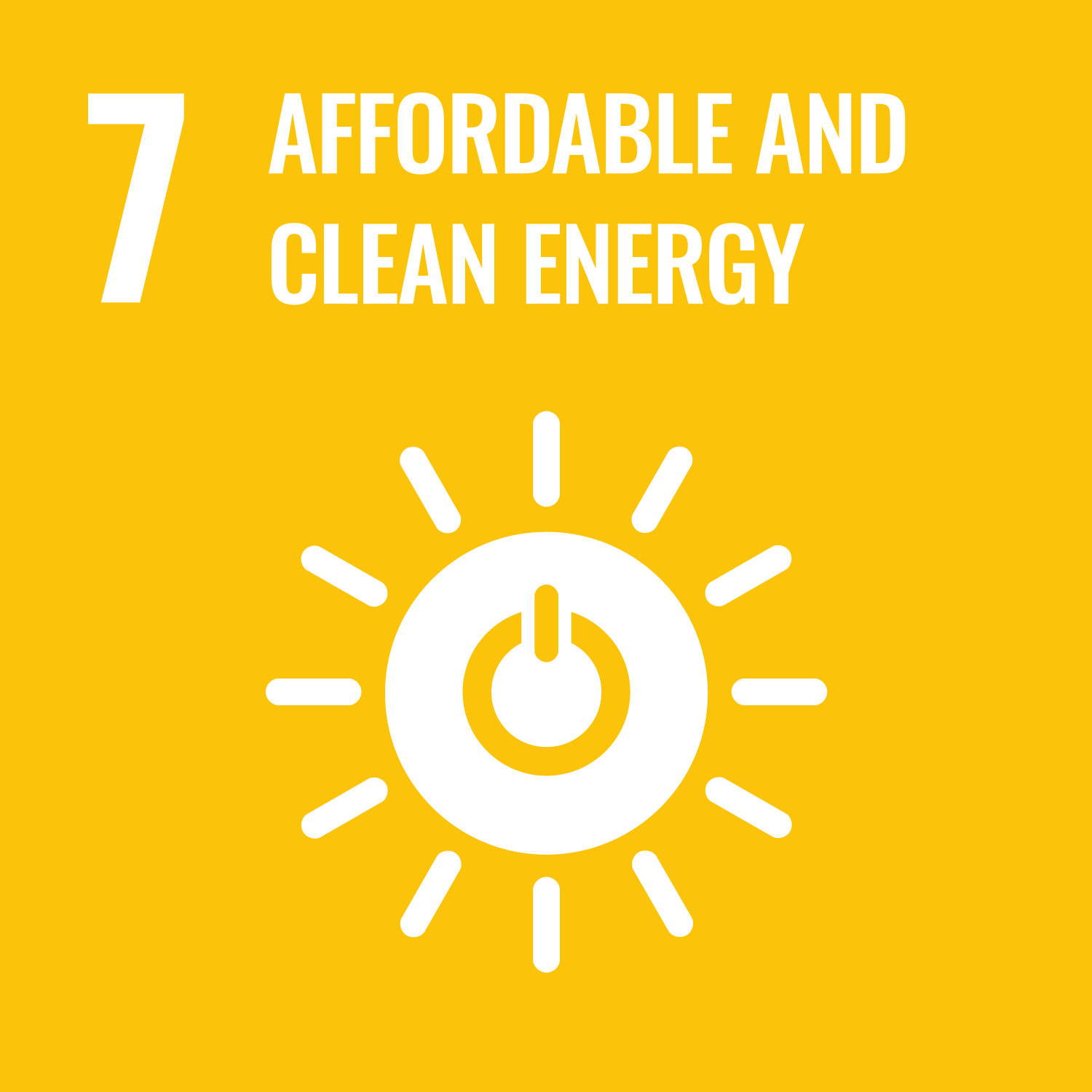ORCID
- AGL Borthwick: 0000-0001-6053-7764
Abstract
Abstract An array of close-packed contra-rotating cross-flow vertical-axis tidal rotors, a concept developed to maximize the fraction of flow passage swept, has potential advantages for hydrokinetic power generation. To predict the commercial feasibility of such rotors in large-scale application, a numerical model of a vertical-axis turbine (VAT) with a torque-controlled system is developed using an actuator line model (ALM). The open-source OpenFOAM computational fluid dynamics (CFD) code is first coupled with this ALM model, and efficiently parallelized to examine the characteristics of turbulent flow behind a vertical axis tidal turbine. The numerical model is validated against previous experimental measurements from a 1:6 scale physical model of a three-bladed reference vertical axis tidal turbine at the University of New Hampshire (UNH-RM2). Satisfactory overall agreement is obtained between numerical predictions and measured data on performance and near-wake characteristics, validating the numerical model. Details of the model setup and discussions on its output/results are included in the paper.
DOI Link
Publication Date
2020-08-03
Event
ASME 2020 39th International Conference on Ocean, Offshore and Arctic Engineering
Publication Title
Volume 9: Ocean Renewable Energy
Deposit Date
2021-08-22
Recommended Citation
Zhao, R., Creech, A., Borthwick, A., Nishino, T., & Venugopal, V. (2020) 'Numerical Model of a Vertical-Axis Cross-Flow Tidal Turbine', Volume 9: Ocean Renewable Energy, . Available at: 10.1115/omae2020-18514


